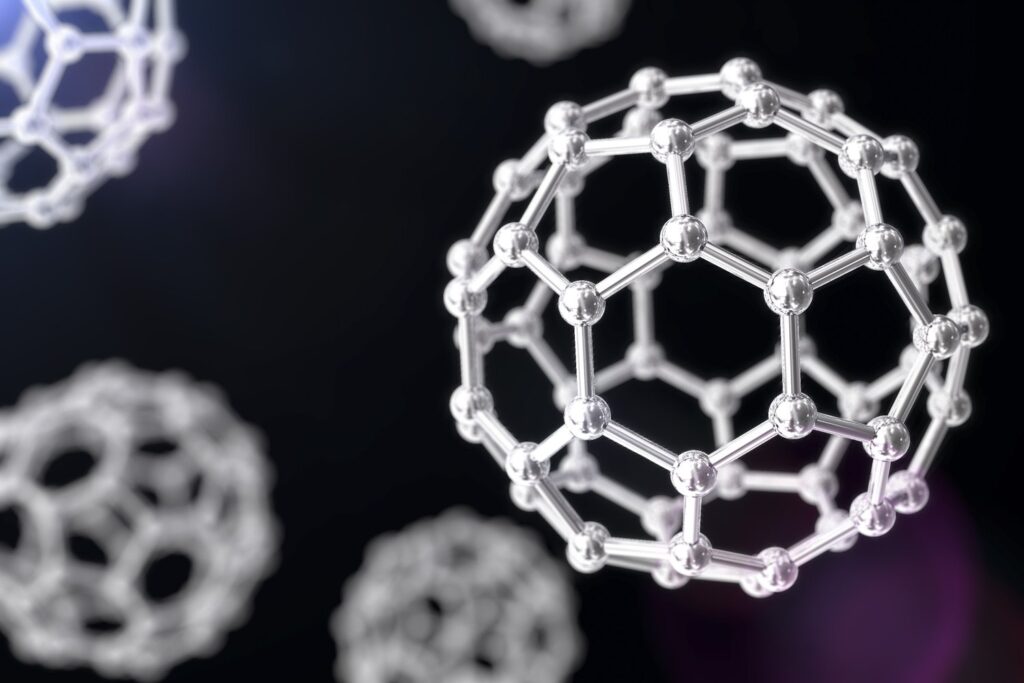Silver has been utilised for centuries to combat illness, and in recent times, silver nanoparticles have been integrated into various products such as sanitisers, odour-resistant clothing, washing machines, makeup, food packaging, and sports equipment. Nanoparticles are minuscule fragments of material, ranging in size from one to 100 billionths of a meter. Besides their antimicrobial capabilities, silver nanoparticles are also valuable in industrial applications, serving as catalysts and in electronics.
Despite their widespread use, the environmental toxicity of silver nanoparticles and potential mitigation methods are not well understood. Researchers at Oregon State University have made significant progress in bridging this knowledge gap with a study that highlights the influence of particle shape and surface chemistry on their environmental impact. The findings, published in Nanomaterials, suggest that silver nanoparticles can be designed to retain their beneficial properties while reducing their harmful environmental effects.
Marilyn Rampersad Mackiewicz and Stacey L. Harper led a team of scientists who examined how spherical and triangular silver nanoparticles, each with five distinct surface chemistries, influenced their uptake and toxicity within a laboratory microcosm. This microcosm included bacteria, algae, Daphnia, and embryonic zebrafish. Daphnia are tiny crustaceans, while zebrafish are small freshwater fish that develop from a single cell to a swimming fish in approximately five days.
Zebrafish are particularly valuable for research into vertebrate development and genetics, as well as the effects of environmental contaminants and pharmaceuticals on early embryonic development. They share significant molecular, genetic, and cellular similarities with humans. Their rapid development, transparency, and ease of maintenance in small water volumes make embryonic zebrafish especially useful for such studies.
The authors of the study pointed out that the annual commercial production of silver nanoparticles amounts to hundreds of tons, making it inevitable that some will find their way into aquatic environments. “Silver nanoparticles are not regulated by the Food and Drug Administration and not much is known about their toxicity except for the free silver ions that can result from surface oxidation of the nanoparticles,” said Mackiewicz, an assistant professor of chemistry. “Free silver ions are known to be toxic and in this paper we found a way to study the toxicity of silver nanoparticles and how they impact the environment irrespective of poisonous silver ions.”
The study conducted by Mackiewicz, Harper, and their colleagues from the OSU Colleges of Science, Engineering, and Agricultural Sciences discovered that silver nanoparticles negatively affect some species while leaving others unharmed. For instance, the growth of bacteria and Daphnia was hindered by the nanoparticles, with their size and shape contributing to this effect. However, the nanoparticles did not impact zebrafish. Notably, nanoparticles coated in lipids, organic compounds found in many natural oils and waxes, did not release significant amounts of silver ions but were highly toxic to Daphnia magna, the most sensitive species in the microcosm.
Mackiewicz emphasised that the study demonstrates the possibility of manipulating the shape and surface chemistry of silver nanoparticles to achieve specific goals, which is crucial for better understanding and mitigating the risks associated with these particles. She mentioned a related study awaiting publication that indicates small, spherical nanoparticles are more toxic than triangular or cubic ones.
Throughout history, silver has been used to curb the spread of diseases through its incorporation into everyday items. Its therapeutic use dates back 3,500 years. During the Middle Ages, the use of silver vessels, plates, and other products by wealthy families led to a condition called argyria, characterised by bluish skin discolouration. This condition is believed to have inspired the term “blue blood” to describe aristocrats.
In summary, the research by Oregon State University underscores the importance of considering the shape and surface chemistry of silver nanoparticles in environmental studies. This approach can help develop nanoparticles that maintain their beneficial properties while minimising their ecological risks. The ongoing investigation into the varying toxicities of different nanoparticle shapes further highlights the complexity and necessity of this research. As silver nanoparticles continue to be prevalent in numerous commercial applications, understanding and mitigating their environmental impact remains a critical area of scientific inquiry.
Author:
Arnold Kristoff
Content Producer and Writer
Nano Magazine


